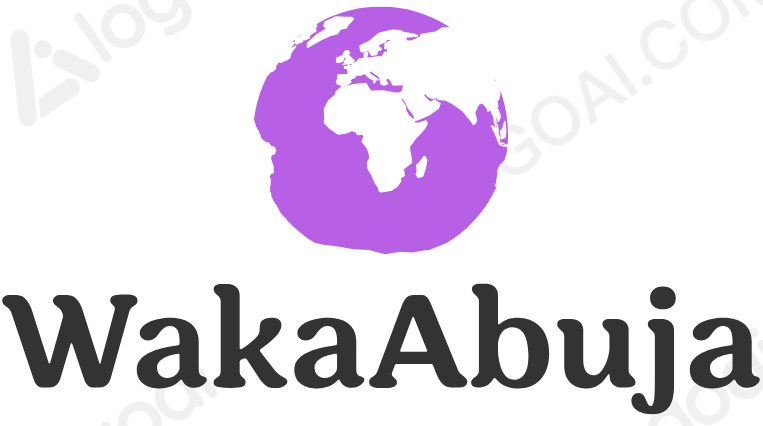Abuja Light Rail: Your guide to the City Metro System
Abuja Light Rail Metro System represents a major development for Nigeria. It is an important step in modernizing public transport in Nigeria. Abuja Light Rail (also known as Abuja Rail Mass Transit) was Nigeria’s first rapid transit system and second in sub-Saharan Africa after Addis Ababa Light Rail. rail system improves city connectivity, reduces traffic, and encourages sustainable urban growth. The Abuja Light Rail Metro System is discussed in this blog. Its features, benefits and impacts on the residents and the city are explored.
About Abuja Light Rail
Public Transportation Milestone
The Abuja Light Rail Metro System was launched in July 2018 as a groundbreaking project to meet the rapidly increasing transportation demands of Abuja. It covers 45.245 km and provides commuters with a safe and reliable mode of transportation. The project consists of 2 lines. One is the yellow line that connects the center of the city to the Nnamdi Azikiwe International Airport through the Lagos-Kano Standard Gauge Railway in Idu.
The Abuja Metro has twelve stops, including the airport, Wupa Idu Bassanjiwa Kukwaba I and Kukwaba II. China Civil Engineering Construction Corporation was responsible for the construction. Costs for the proposed 290 km (182 km) network totaled $824 million.
Current Status
Passenger service was suspended on this line in the early part of 2020 because of the COVID-19 epidemic and it hadn’t been resumed by September 2023. FCT Minister Nyesom Wike voiced concerns over the design of the project, yet efforts were made to finish it.
After its official inauguration, the Abuja Light Rail will soon begin commercial operation. The rail service is part of President Tinubu’s renewed hope initiative for residents of the Federal Capital Territory. The initiative is aimed at reducing the burden of transportation and increasing accessibility in Abuja.
Abuja Light Rail: Key Features
- Modern infrastructure The light rail network features state-of-the-art infrastructure, including modern stations, trains and signaling systems. To enhance passenger comfort, the trains feature air conditioning and displays that provide real-time data.
- Wide Network The first phase of Abuja Light Rail includes a number of lines connecting key locations, such as Nnamdi Azikiwe International Airport and the Central Business District. It also connects the Idu Industrial Area with Kubwa. The network will be expanded in the future to cover more areas of the city.
- Affordable and efficient The Abuja Light Rail is an alternative for commuters who want to avoid the cost of road transportation. It offers a competitive price point that makes it affordable. It is a system designed to minimize travel times, which makes it an effective choice for everyday transportation.
Abuja Metro Rail: Benefits
- Traffic Congestion is reduced. By offering a reliable alternate to the road, Abuja’s light rail system reduces traffic congestion. It not only reduces commute times, but it also relieves stress.
- Sustainability in the Environment The Abuja Light Rail contributes to reducing carbon emissions and promotes environmental sustainability. The Abuja Light Rail supports efforts by the city to fight climate change and improve its air quality.
- Economic growth: By creating jobs and increasing commerce, the development of the Light Rail System has boosted economic growth. The city is more attractive to tourists and businesses with improved transportation infrastructure.
- Improved Mobility The Light Rail System improves the mobility of residents and makes it easier for them to reach different parts of the city. The increased connectivity promotes social inclusion, allowing for greater access to education, employment and healthcare.
The Future of Challenges
The Abuja Light Rail Metro System is a system that has achieved a lot, but it still faces many challenges, including funding, maintenance, and integration with future expansions. The government’s ongoing investment in rail infrastructure and commitment to development bode well for the future of the system.
Abuja Light Rail: Frequently Asked questions
1. What is the Abuja Light Rail System?
Metro Rail is also called Abuja Rail Mass Transit. It’s a local rail transportation system located in Nigeria’s Federal Capital Territory. The system is the first rapid transport system to be built in Nigeria and throughout the West African region.
2. What are the dimensions of the project scope?
It was intended to develop the project in six stages. The total planned distance was 290 km. Only the first phase of this project has been completed.
3. The completed phase includes:
Lot 1 is a completed 42,5 km (26,4 mi) railway line with 12 stations that connects Abuja’s city centre to the Nnamdi Azikiwe International Airport at Idu via the Lagos Kano standard gauge rail. Stations of note include the Abuja Metro, the stadium, Kukwaba 1 and 2, and Kukwaba 2 Wupa Idu Bassanjiwa Airport.
4. What caused the project to stall out?
The COVID-19 virus pandemic forced the suspension of passenger services on this line in the early part of 2020, despite the fact that construction was completed in 2018. The rail system is still inactive, despite attempts to restart operations.
5. What was the funding source for this project?
A contract was signed for an Abuja Light Rail worth $824 million, 60% of which came from Exim Bank of China loans.
Final Thoughts
The Abuja Light Rail Metro System is a revolutionary development for Nigeria’s capital, providing a sustainable, modern and efficient mode of transportation. The light rail system improves Abuja residents’ quality of life by reducing congestion and improving mobility. The network will play a more important role as it expands and develops.





